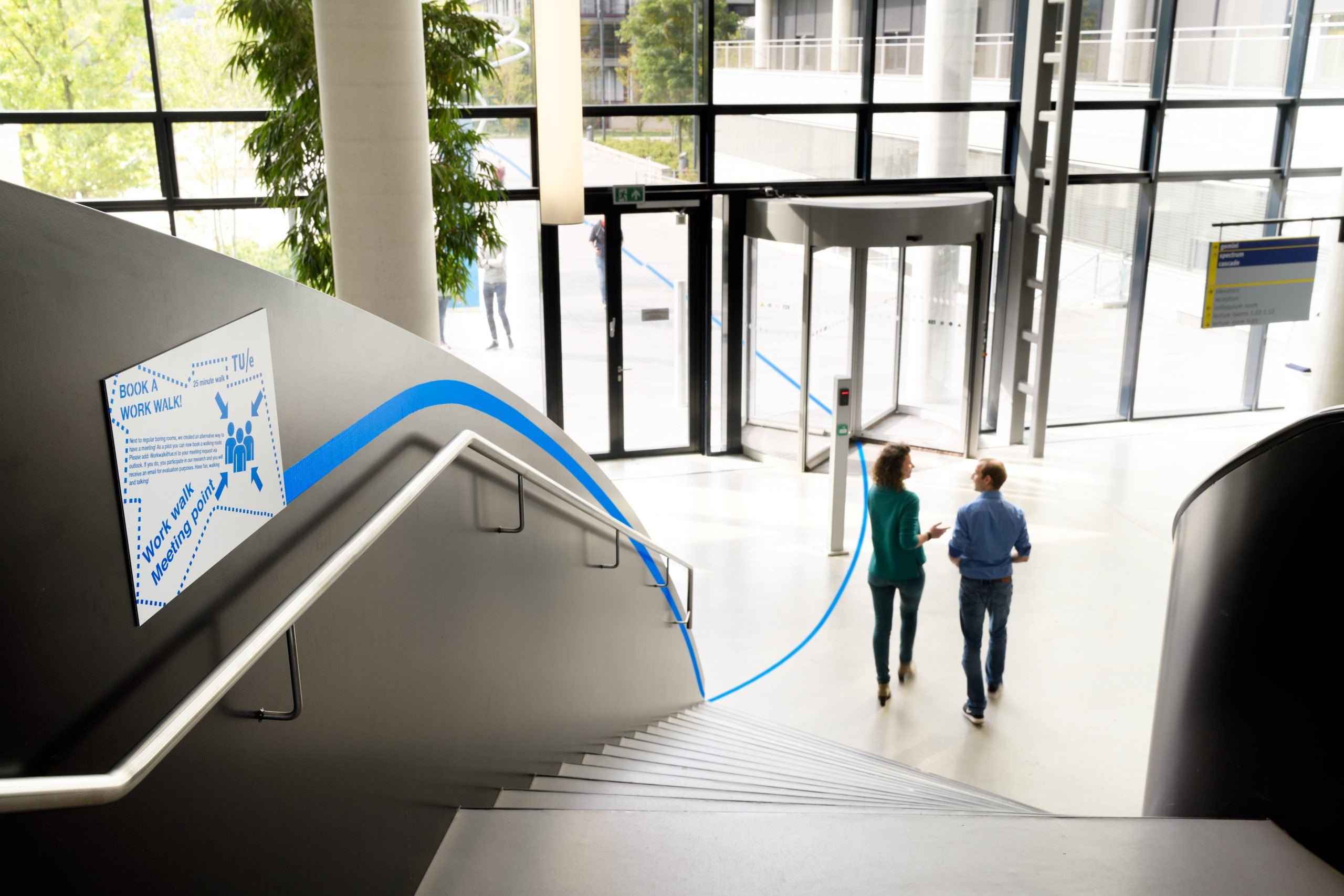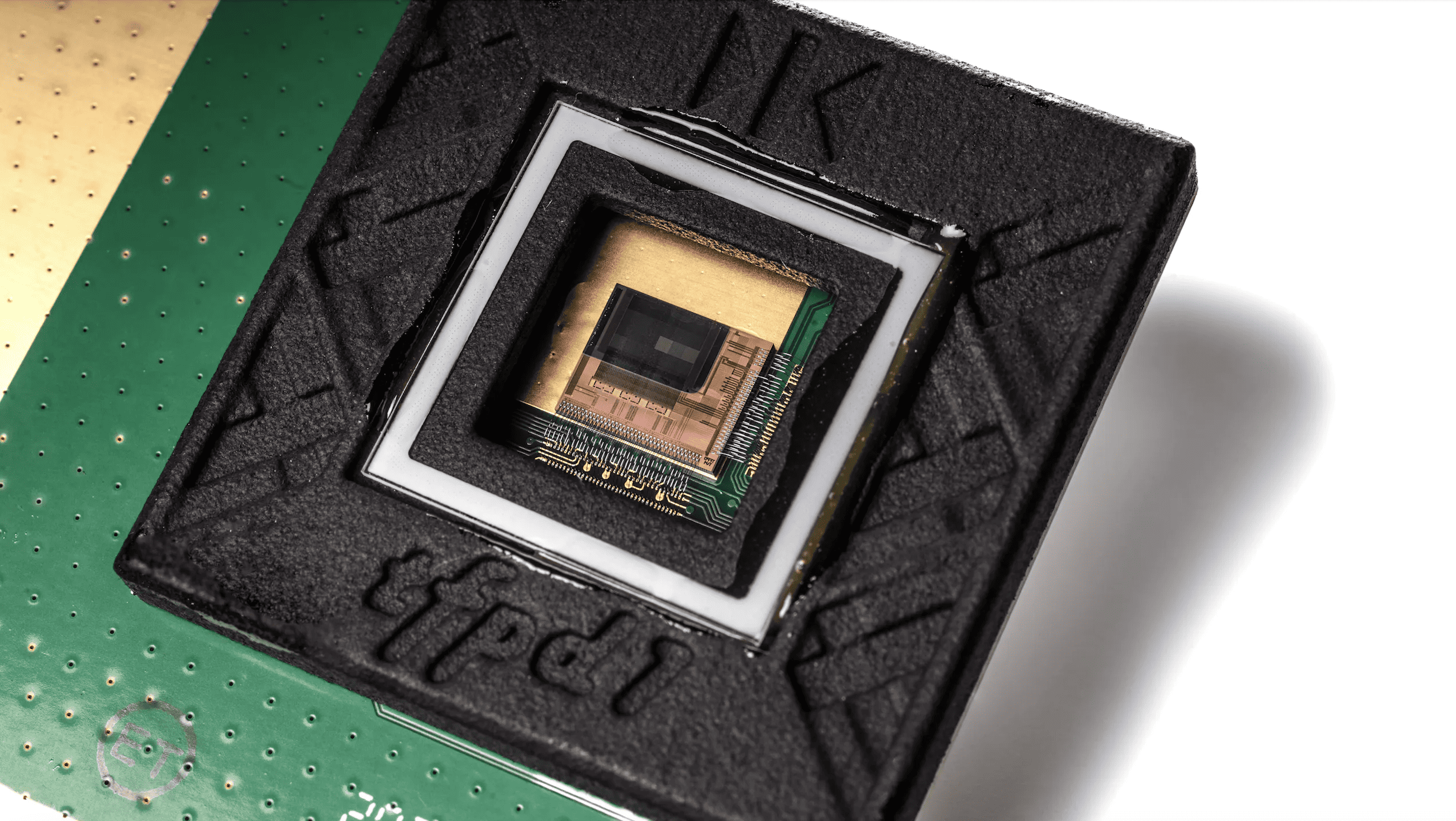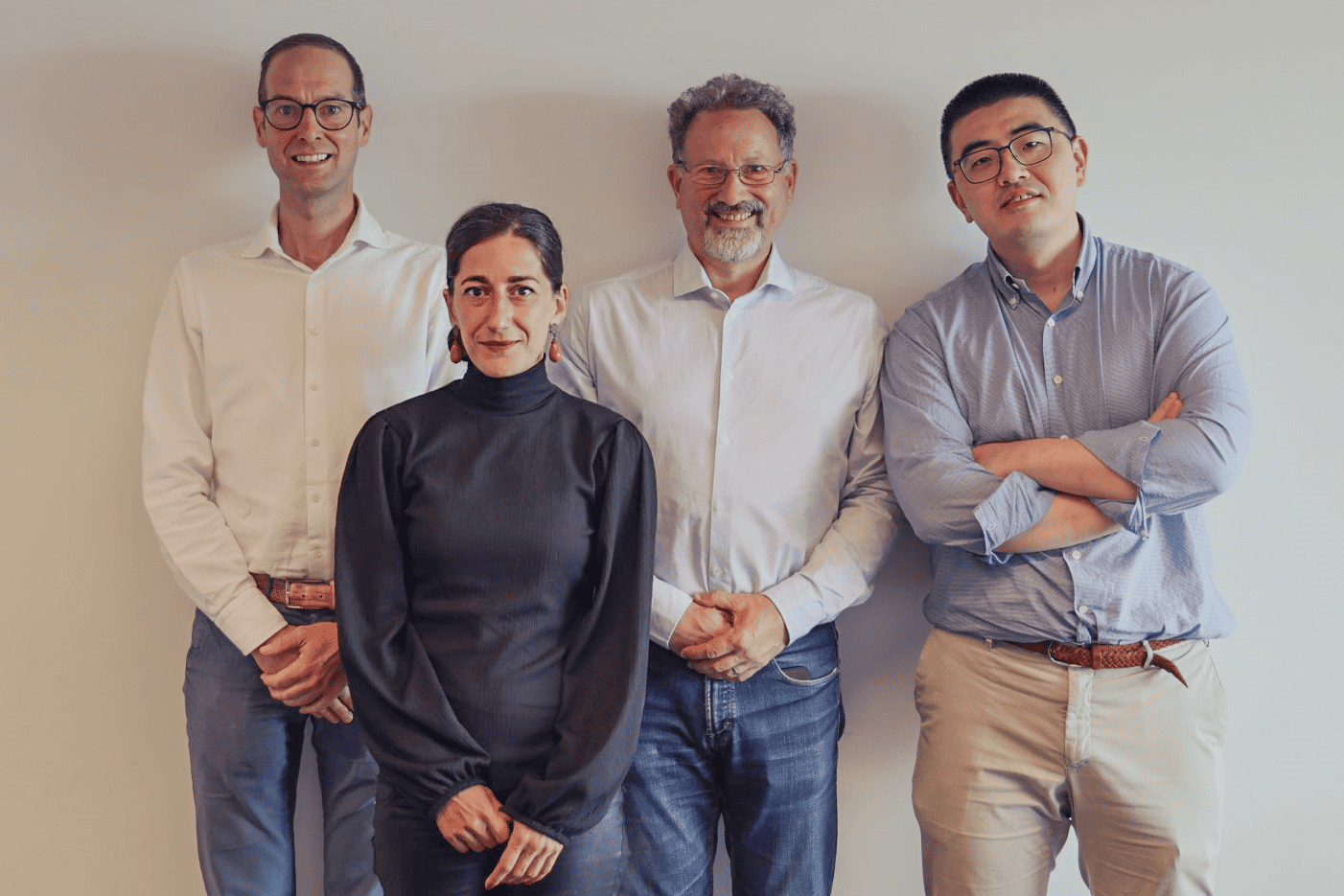
The light and temperature of an office are automatically adjusted to the personal state of mind of employees for optimal performance. Futuristic perhaps, but something that students, researchers and the business community within the POWEr FITTing project will investigate over the next four years. The knowledge institutes of the Eindhoven University of Technology (TU/e) and the Fontys University of Applied Sciences, the research organizations imec and TNO and the Eindhoven field hockey club Oranje Rood are working together on this project which seeks ways to provide more vitality in the workplace. As of September 1 of this year, it makes up part of the Eindhoven Engine, a co-location project where people from different backgrounds, such as industry, knowledge institutes and government, work together on applied research projects.
Pleasant and challenging work
Inactivity in the workplace is a serious problem with serious health risks, according to the partners within POWEr FITTing. Searching for optimal alignment between a person and their work environment is the aim of the project, says Steven Vos. He is professor for Design and Analysis of Intelligent Systems for Vitality and Leisure Time Sports at the TU/e and a lecturer for Move to Be at Fontys Sports College. “If we can find that optimal alignment, we can ensure that people are optimally happy in their work, productive and do not get burn-out or stressed when pressure becomes very high. We want to make and keep work pleasant and challenging for employees.”
Vitality is not a new subject. In 2017 the TU/e started a research program called ‘Human Vitality and Technology.’ Marieke van Beurden coordinates that program and in that role she is involved in POWEr FITTing. One of the results of that program is Ida Damen’s PhD research on how to integrate physical activities into daily work. Damen developed, among other things, the ‘Workwalk,’ a 25-minute walking route for meetings.
Vos is involved at both TU/e and Fontys Sports College, where they have also been working for some time on vitality issues. These include exercise interventions in the workplace, the development of portable technology for an active lifestyle and coaching to unwind, Vos adds.
Heartbeat pattern as a signal
The research organizations imec and TNO both work on technical innovations for vitality, partners that are well-known to Fontys and TU/e for projects such as Vitality Living Lab and Nano4Sports. “With the expertise of these organizations in sensor technology and wafer-thin materials, among other things, we can really create something that is not there yet,” says Van Beurden. For example, measuring the heartbeat from the chair. Vos: “As a result, a heartbeat pattern can be a signal for light and sound to adjust so that people can come to rest again.
Field hockey club Oranje Rood and its business partners (sponsors, ed.) have also “been pushing hard for employee vitality,” says Vos. For example, the business club of HC Oranje-Rood organized a vitality seminar last year and together with the TU/e and Fontys Sports College, the club organized a hackathon on vitality for students. Oranje Rood’s business partners are very diverse small and large companies from the region, which is also interesting for the project, according to Van Beurden.
Retention of talent
Not only do the partners gain new insights, other companies in the region can also benefit. A working environment where employees feel comfortable is important for the retention of talent, Vos continues. “For high-tech companies such as ASML and NXP, having a vital working environment can contribute towards being an attractive employer. The sponsor of PSV, the Brainport metropolitan region, has also given the topic high priority. We bring all these different dynamics together in POWEr FITTing project, says Van Beurden.
Impact
Over the next four years Vos and Van Beurden want to work out four problems that play a role in the business world. Student teams are going to work on those questions, says Vos. “It would be nice if teams eventually grew into iconic student teams such as Solar Team Eindhoven and Blue Jay. We want to make a real impact on this topic, also internationally.”
Van Beurden says: “A lot of great projects are already being developed by students. But often when the student has passed their course and received their credits, the development of that innovation stops. Sometimes there are very promising concepts in between. Within POWEr FITTing we can test, further develop, adapt and advance such prototypes together with companies.”
Hubs
Hans Brombacher has been appointed as PhD student within POWEr FITTing. Under the guidance of Vos and professors Lu Yuan and Carine Lallemand, Brombacher is the driving force behind the project. One of the first studies for POWEr FITTing is a continuation of Ida Damen’s doctoral research. During the ‘Workwalks,’ where employees walk around in meetings, people miss being able to show something on a screen or in a document or they want to take notes. This is how the idea arose to develop a large ANWB mushroom, also called hubs, with a number of screens on it so that you can still show something on a screen or make notes during the walk.
Van Beurden: “In an ideal situation, I can log on to such a hub with my TU/e pass, so that I have my details at hand. It’s not that far yet, however, a number of these so-called hubs are ready for testing. That will happen this fall at the High Tech Campus Eindhoven.
A nice innovation to start with, according to Van Beurden. “The design is scientifically based, because it follows from PhD research. The technology works and the innovation brings people together.”
Starting in concrete terms
Vos: “The genius of the Eindhoven Engine is the dynamics of all those involved to make something of it together. It allows you to speed up the implementation of the hub because you can also get student groups to work on any sub issues that arise.” The other three cases should emerge in the coming period. But for Vos it is important to start with something concrete already. “If you bring people together, you need to know what organization everyone is from and what people are good at. You don’t want to spend three years trying to figure it out. FITT’s partnership is already a solid foundation. Discovering each other’s expertise during a concrete start-up project works faster and gives me a lot of energy.”
FITT is the abbreviation of the four partners Fontys, imec, TNO and the Eindhoven University of Technology, the name given to them when they began collaborating at the end of 2019. At the time of the open call for the ‘innovation accelerator’ Eindhoven Engine, the Eindhoven field hockey club Oranje Rood joined, giving rise to the name POWEr FITTing, which refers to FITTing Persons’ vitality and Optimizing their Work Environment.







